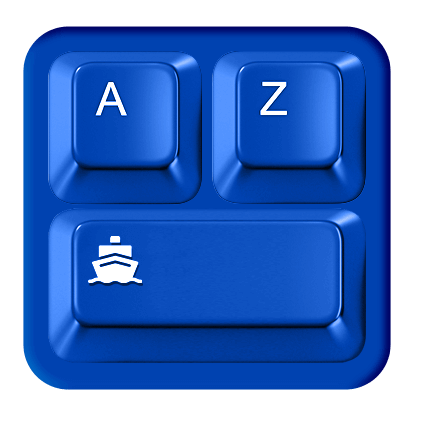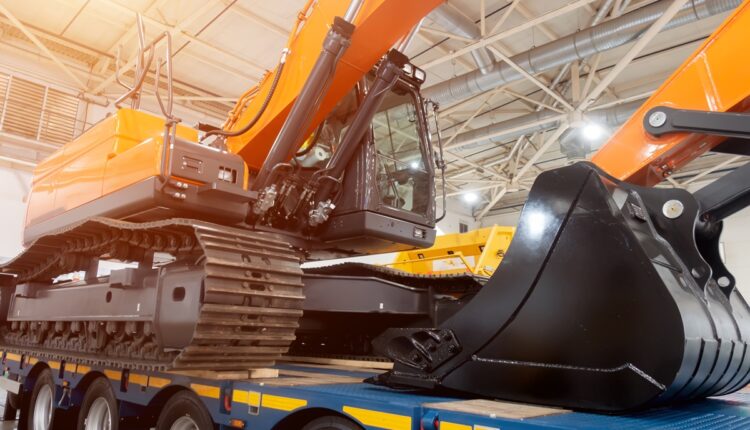| Term | Definition |
| Label | A label is a tag or marker affixed to an item, usually on the product’s packaging. It is used to identify the product, such as its name, manufacturer, contents, and usage instructions. Labels can also include barcodes, which allow retailers to scan the product and automatically register its price and other information in their system. Customers can use labels to identify a product and its relevant information when shopping quickly. |
| Label Printer | A label printer is an electronic apparatus that prints labels. Intuitive operation and good reliability are always featured in label printer designs. |
| Lading | Lading is a term used to describe the process of loading goods onto a ship, plane, or other vehicle. A receipt known as the “bill of lading” is given upon delivery of goods during transportation. |
| Large Capacity Transport | A large capacity transport is a vehicle designed to transport large numbers of people or large amounts of cargo. Large capacity transport vehicles are preferable to conventional heavy-goods vehicles because of their effectiveness and productivity. Additionally, the trucks’ capacity to aggregate freight from smaller trucks makes them useful. Due to their lower fuel usage, they emit fewer emissions when transporting freight. |
| LASH Vessel | A LASH (lighter aboard ship) vessel is a type of cargo ship that is equipped with cranes and other devices for loading and unloading containers that are stacked in rows (called “lashes”) on the ship’s deck. |
| Last In / First Out (LIFO) | LIFO is a technique used to account for inventory. Under this method, the last item to be purchased is the first one to be sold. |
| Laytime | Laytime is the time allowed for loading or discharging a vessel. The charterer must load or unload his products during the permitted time during the free time specified in the charter agreement. The vessel’s owner will be required to pay demurrage to the port authority where the cargo is either loaded or unloaded if the free time either expires or is not adhered to. |
| Lead Time | A lead time is the amount of time it takes to complete a task from start to finish. As used in logistics, the lead time is the anticipated time between pick-up and delivery. |
| Lean Management | Lean management is a business philosophy that emphasizes the elimination of waste in all areas of an organization. Lean management principles can be applied to any business or production process. The goal of lean management is to create more value for the customer while using fewer resources. |
| Less Than Container Load (LCL) | A less than container load (LCL) is a shipment of goods that does not fill an entire container. LCL shipments are combined with other shipments going to the same place, and the different shipments’ recipients split the container’s cost. |
| Letter of Credit | A letter of credit is a document from a financial institution that guarantees payment to a seller for goods or services provided to a buyer. |
| Letter of Indemnity (LOI) | A letter of indemnity is a legal document that protects against financial losses incurred by another party. The indemnity may be in the form of money, property, or services. |
| LIFO | LIFO stands for “last in, first out.” In logistics, LIFO is a method used to track inventory. When inventory is received, it is added to the back of the existing inventory. When an item is needed, it is taken from the front of the inventory. This method ensures that inventory is used on time and that items do not go out of date. |
| Lift On, Lift Off (LOLO) | Lift on, lift off (LOLO) is a logistics service where goods are loaded and unloaded from a truck or container using a crane or forklift. LOLO services are often used for large or heavy shipments that cannot be loaded or unloaded by hand. |
| Lifting Platform | A lifting platform is a device used to move heavy objects from one place to another. The platform is typically made of metal or wood, with a series of pulleys and ropes that allow it to be raised and lowered. |
| Lighter | A lighter is another term for a barge. It is a boat with a flat bottom designed for carrying cargo across rivers and canals that are too narrow for large vessels. |
| Line Haul | A line haul is a long-distance transport of goods, often hundreds or thousands of miles. |
All shipments in one place
We are with you until the end






